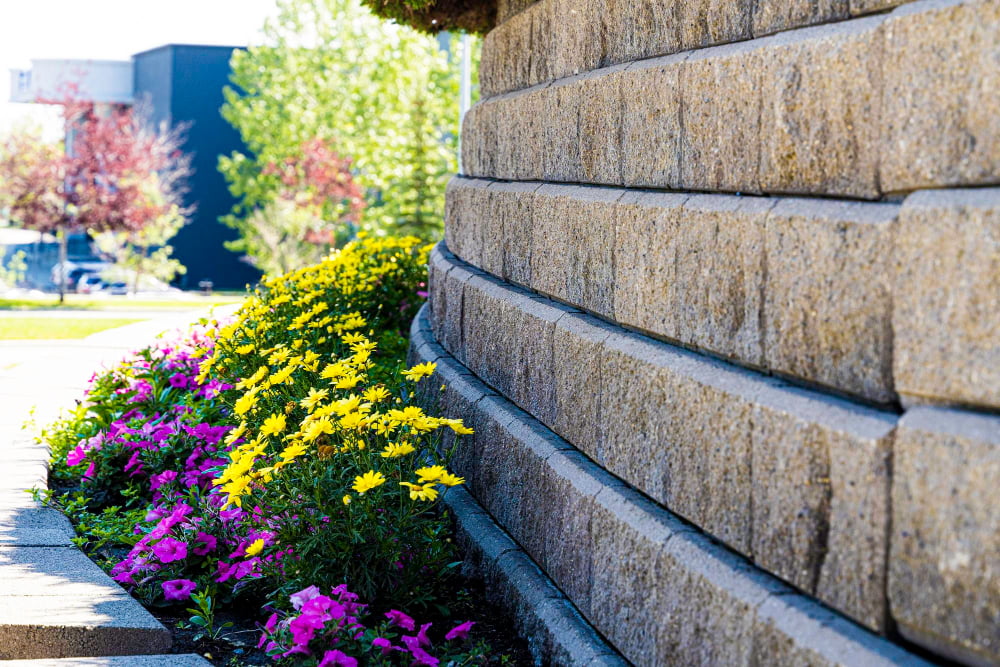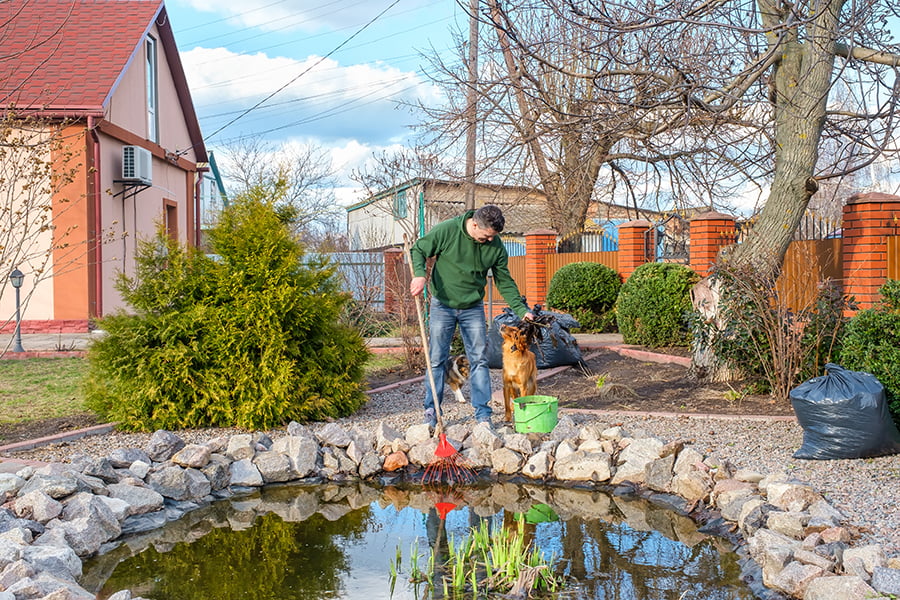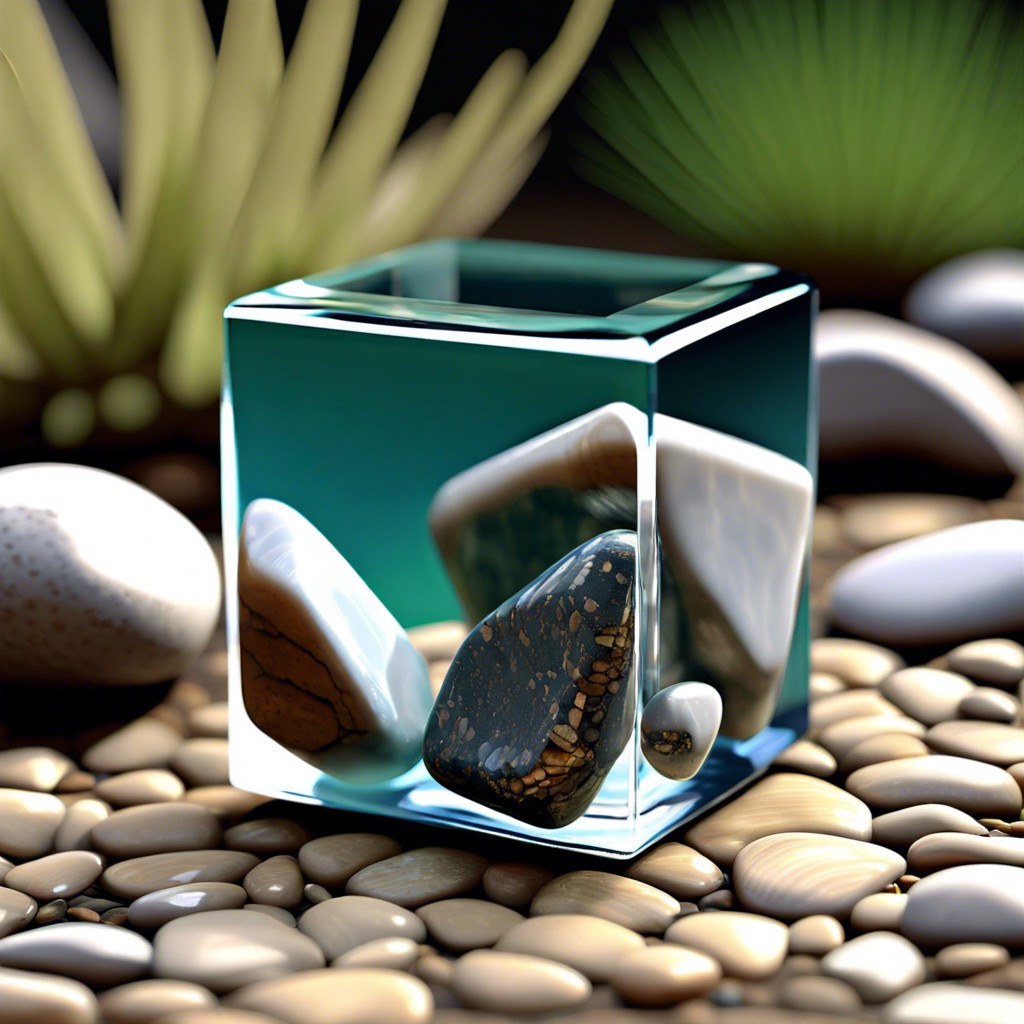Create a landscape design that incorporates natural stone by adding stone walls, pathways, or garden accents such as statues and fountains. You can also incorporate boulders, pebbles, and gravel to add texture and color to your design.
Creating a landscape design that incorporates natural stone can be a great way to add an element of beauty and permanence to your outdoor space. Natural stone is durable, low-maintenance, and can add texture and color to your yard.
In this blog post, we’ll discuss how you can create a landscape design that uses natural stone in the most effective way possible. We’ll cover the different types of natural stone available, how to select the right type for your project, and tips for incorporating it into your overall design.
Read on to learn more!
Researching Natural Stone Types

Natural stone comes in many different varieties, each with its own unique characteristics and benefits. It is important to research the various types of natural stones available in order to determine which type best suits the desired look and feel for the landscape design.
Research can include looking at pictures online, visiting local stores or quarries, or consulting with experts who specialize in landscaping materials. Researching the cost of different types of stones can help ensure that the budget for the project remains within limits.
By taking time to research all aspects of natural stone before beginning a landscape design project, it will be easier to create a beautiful outdoor space that incorporates this timeless material.
Selecting Appropriate Stones for the Landscape Design

Natural stone can be used to create pathways, walls, steps, patios, and other features that will add texture and interest to the landscape. When selecting stones for your design, it is important to consider the size of the area you are working with as well as the type of stone that will best suit your needs.
For example, larger stones may be better suited for pathways or walls while smaller stones may work better for edging or accents. You should also consider the color and texture of each stone when making your selection; some types of natural stone have more vibrant colors than others which can help create visual interest in your design.
It is important to think about how much maintenance each type of stone requires; some require regular sealing or cleaning while others are low-maintenance options that only need occasional care. By taking all these factors into consideration when selecting natural stones for your landscape design project you can ensure that you end up with a beautiful outdoor space that meets all your needs.
Considering Size and Shape of Stones

The size and shape of the stones will determine how they fit into the overall design. For example, larger stones can be used as focal points or to create pathways, while smaller stones can be used for edging or filling in gaps between larger pieces.
Different shapes of stone can be used to create interesting patterns or textures within a landscape design. By considering both size and shape when selecting natural stone for a landscape design, you can ensure that your project looks aesthetically pleasing and functions properly.
Determining Placement of Stones in the Landscape Design

Placement is important because it can affect the overall aesthetic and functionality of the design. When determining where to place stones, consider how they will interact with other elements in the landscape such as plants, pathways, and water features.
Think about how you want to use them: for decoration or practical purposes like edging or retaining walls? Once you have an idea of what purpose each stone will serve, you can begin to plan out its exact location in your design. Make sure that each stone is placed securely so that it won’t move over time due to weathering or erosion.
Take into account any safety concerns when placing large stones near walkways or play areas. With thoughtful planning and consideration for all aspects of your landscape design, you can create a beautiful outdoor space with natural stone accents!
Incorporating Other Elements Such As Plants and Water Features Into the Design

To make the most of this design, it is important to consider incorporating other elements such as plants and water features into the overall plan. Plants can provide color, texture, and interest to a landscape while also providing shade or privacy.
Water features like ponds or fountains can add movement and sound to the space while also creating a focal point for visitors. When selecting plants for your landscape design, choose those that are native to your area so they will thrive in their environment.
When choosing stones for your design, select ones that are appropriate for the climate you live in so they won’t be damaged by weather conditions over time. With careful planning and consideration of all elements involved in creating a natural stone landscape design, you can create an attractive outdoor space that will last for years to come!
Budgeting for Materials and Labor Costs

It is important to budget for both the materials and labor costs associated with this project. Materials such as stone, gravel, sand, and soil must be purchased in order to complete the project.
Hiring professionals to install the stones may also be necessary depending on the complexity of the design. When budgeting for these costs it is important to consider not only the cost of materials but also any additional fees associated with delivery or installation services.
Taking into account all potential expenses will help ensure that you stay within your desired budget when creating a landscape design incorporating natural stone.




